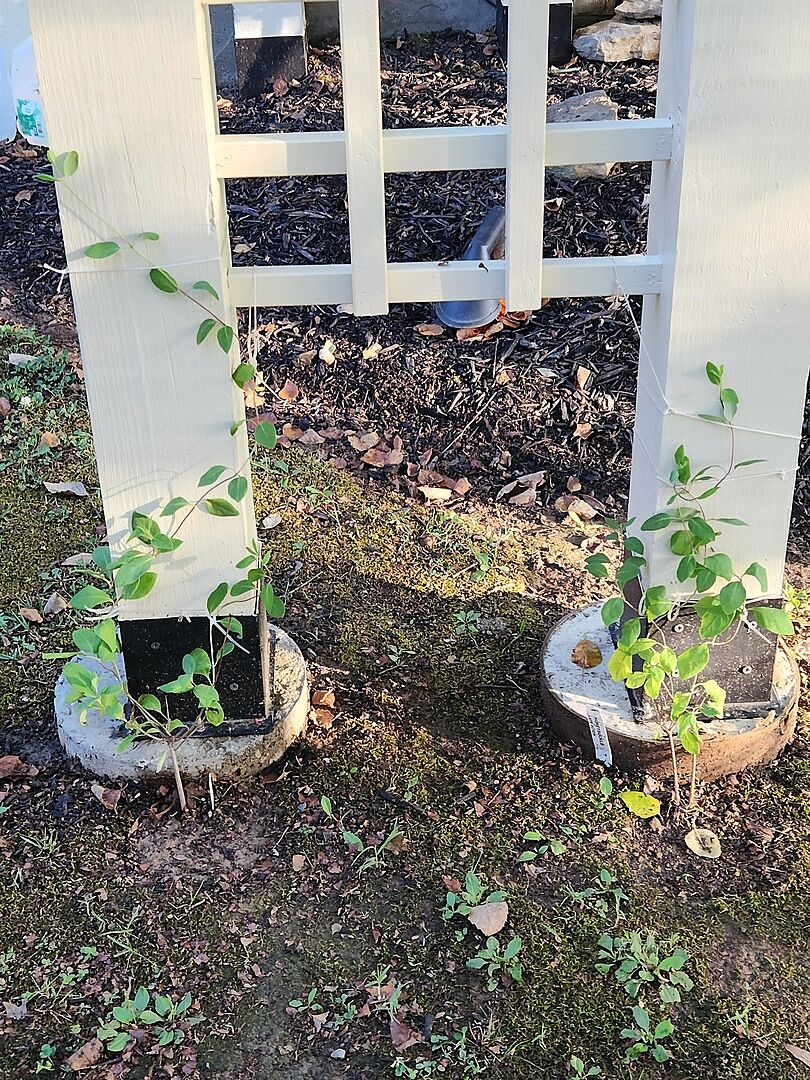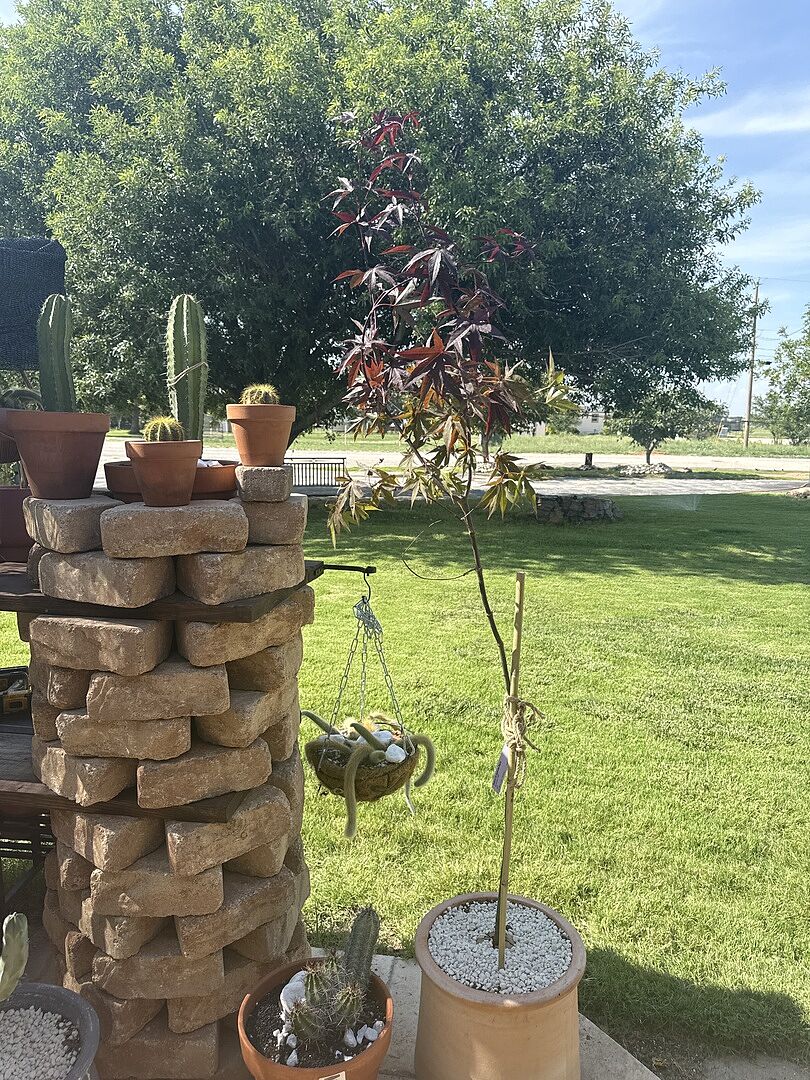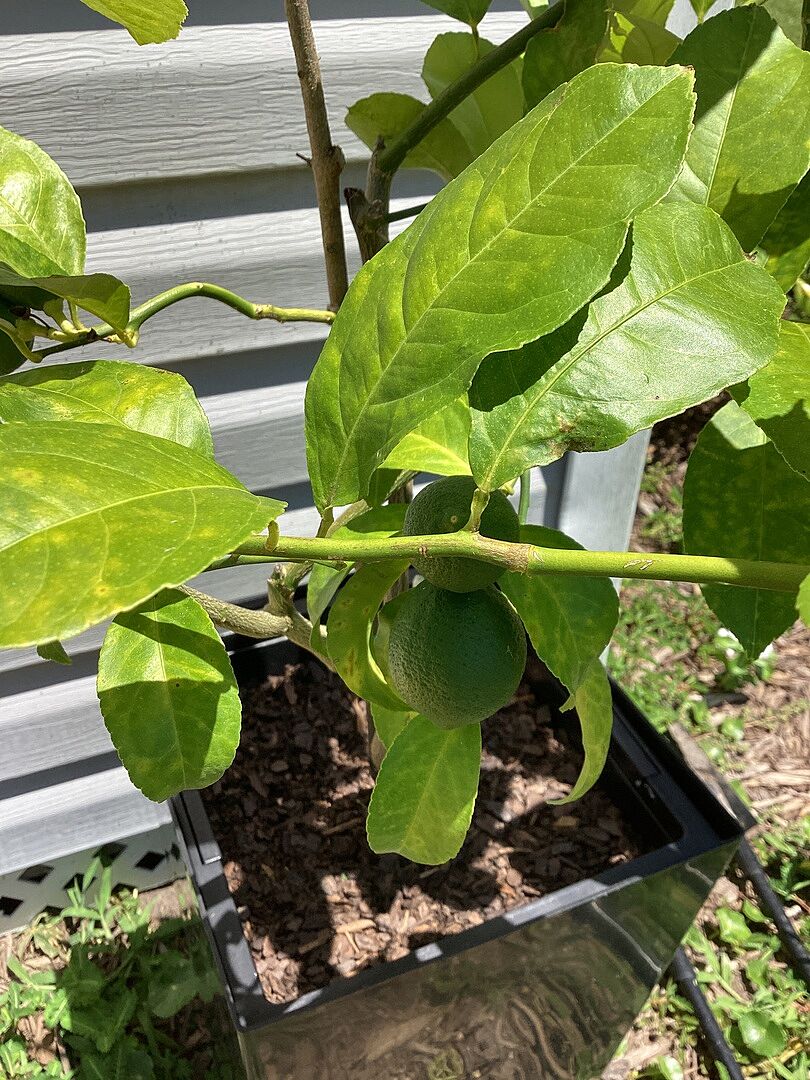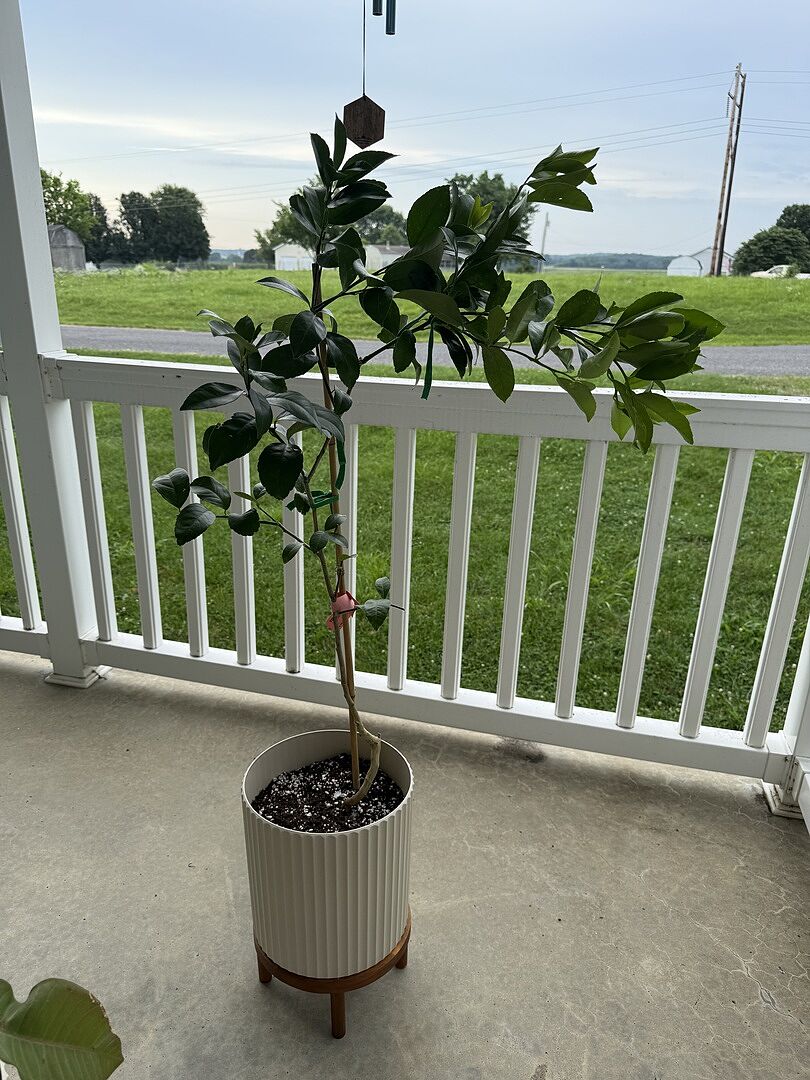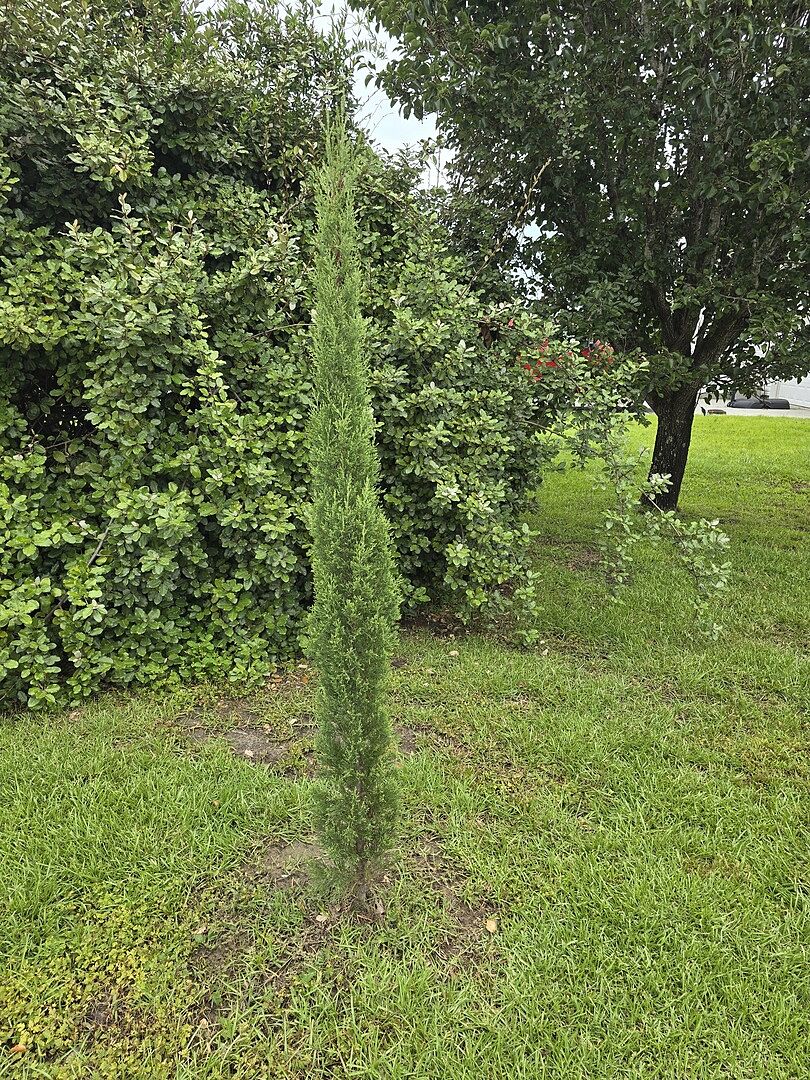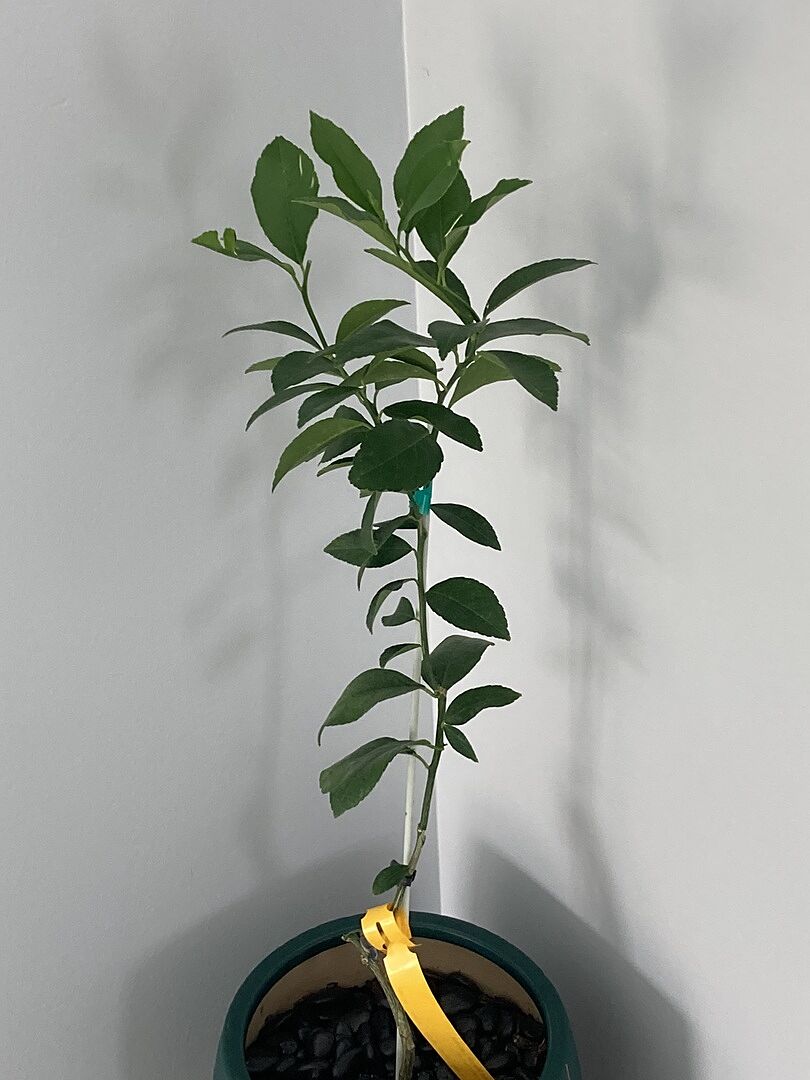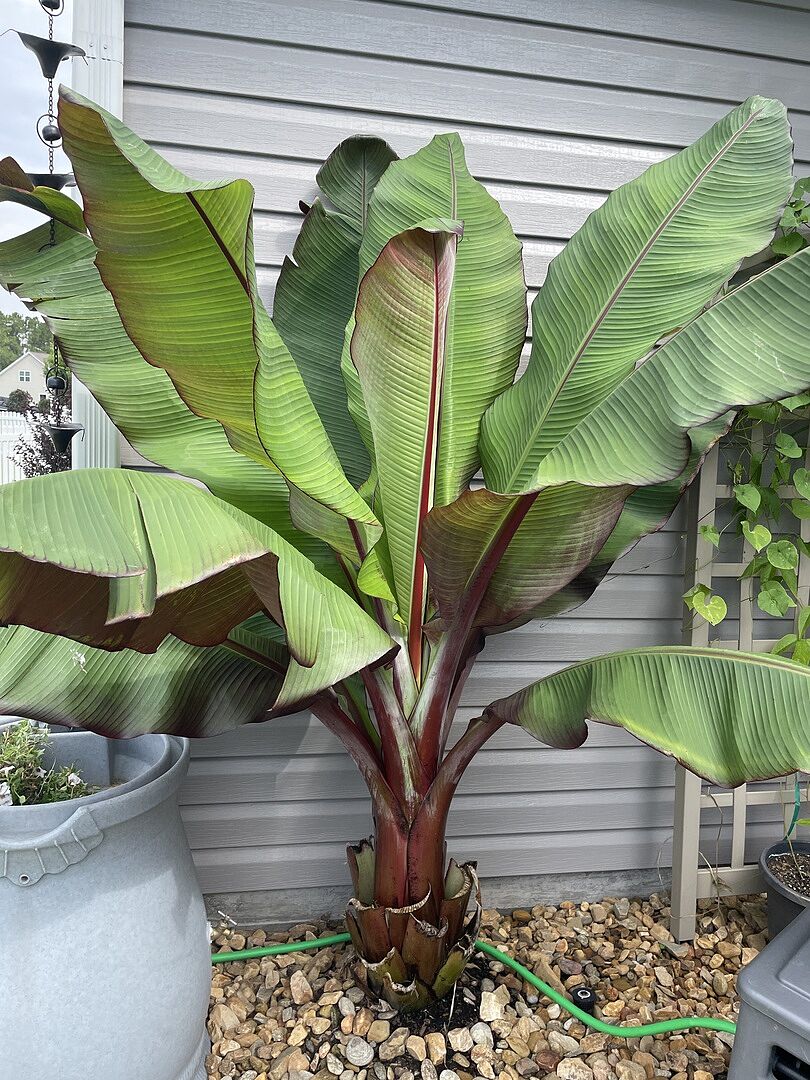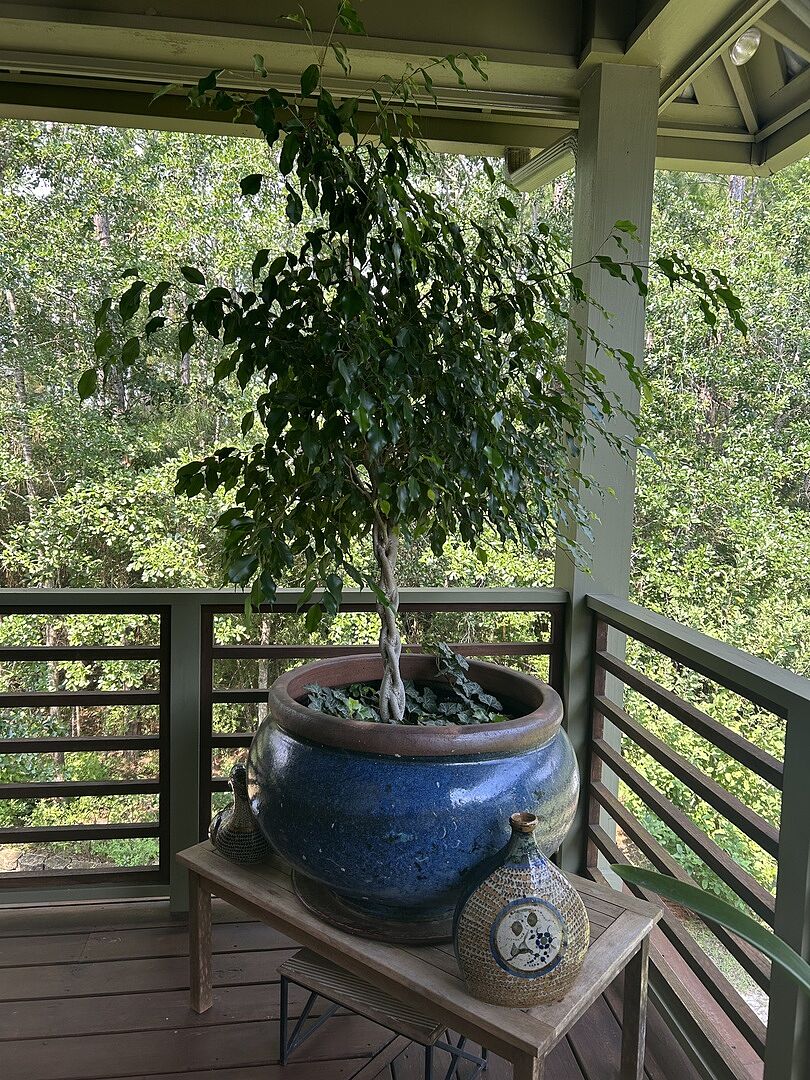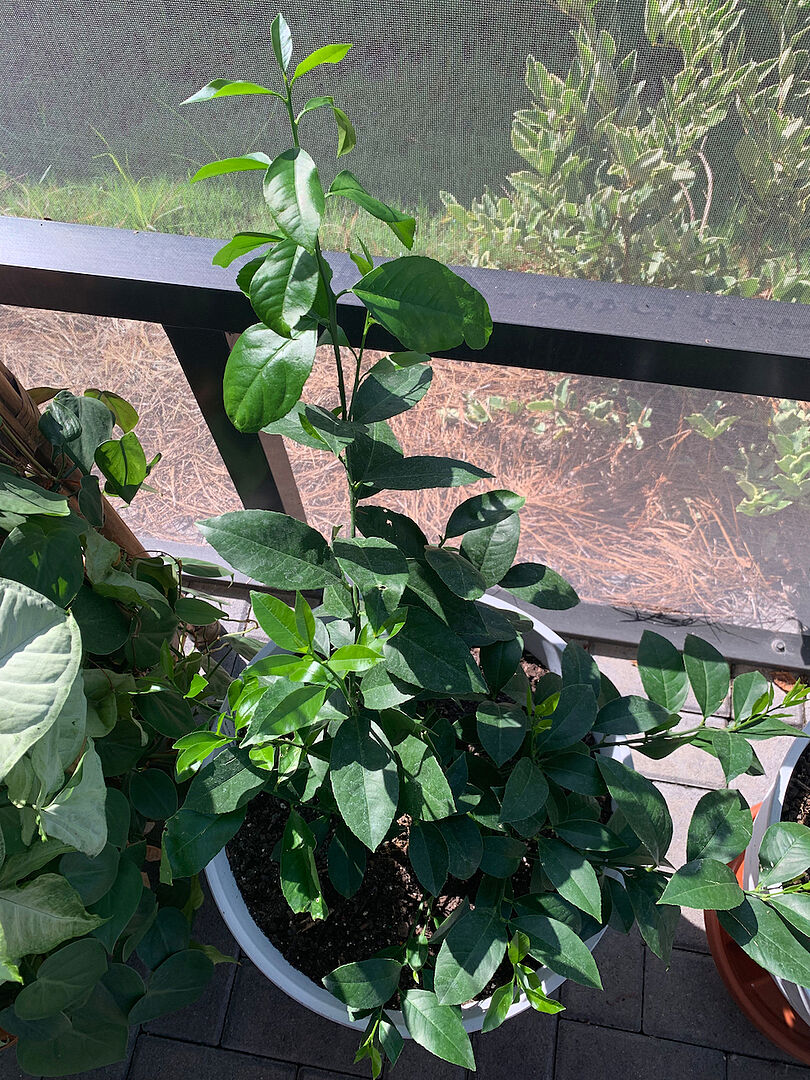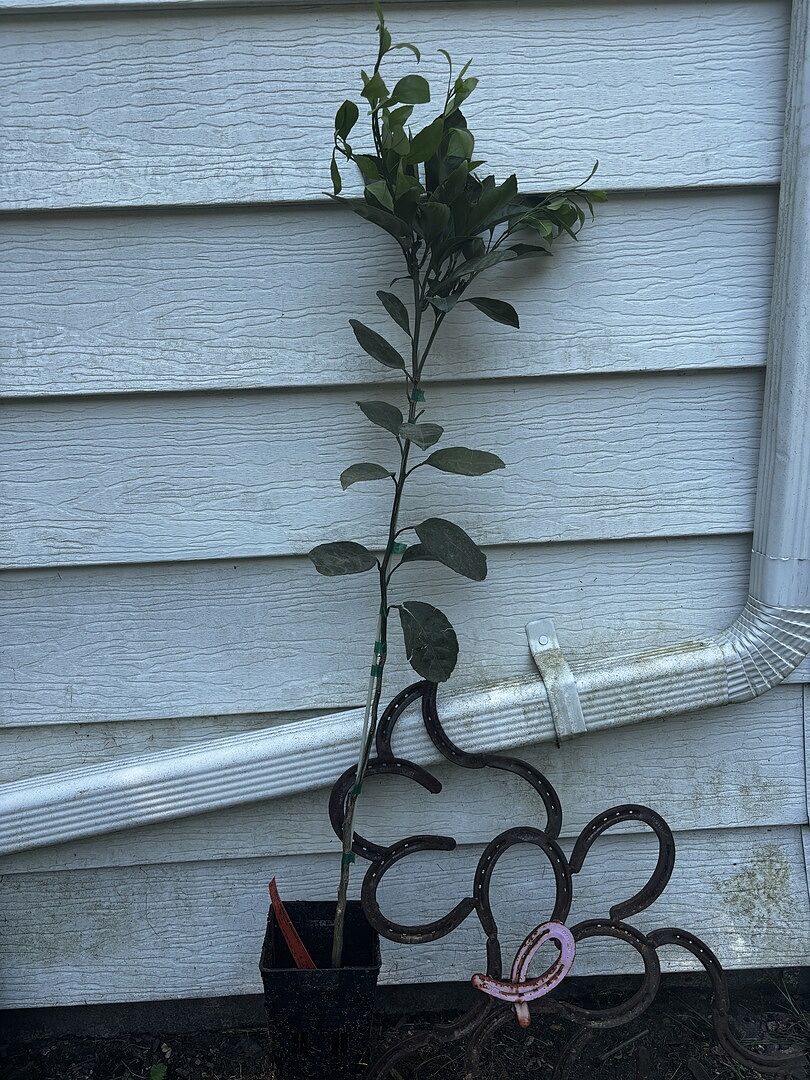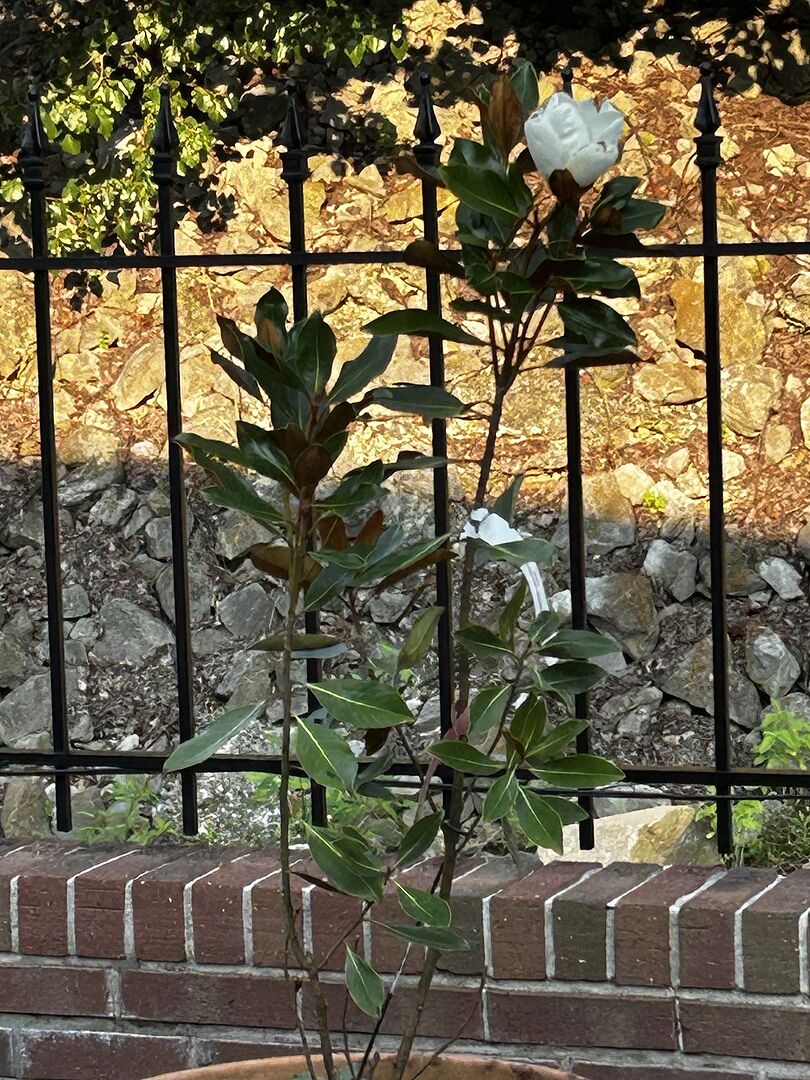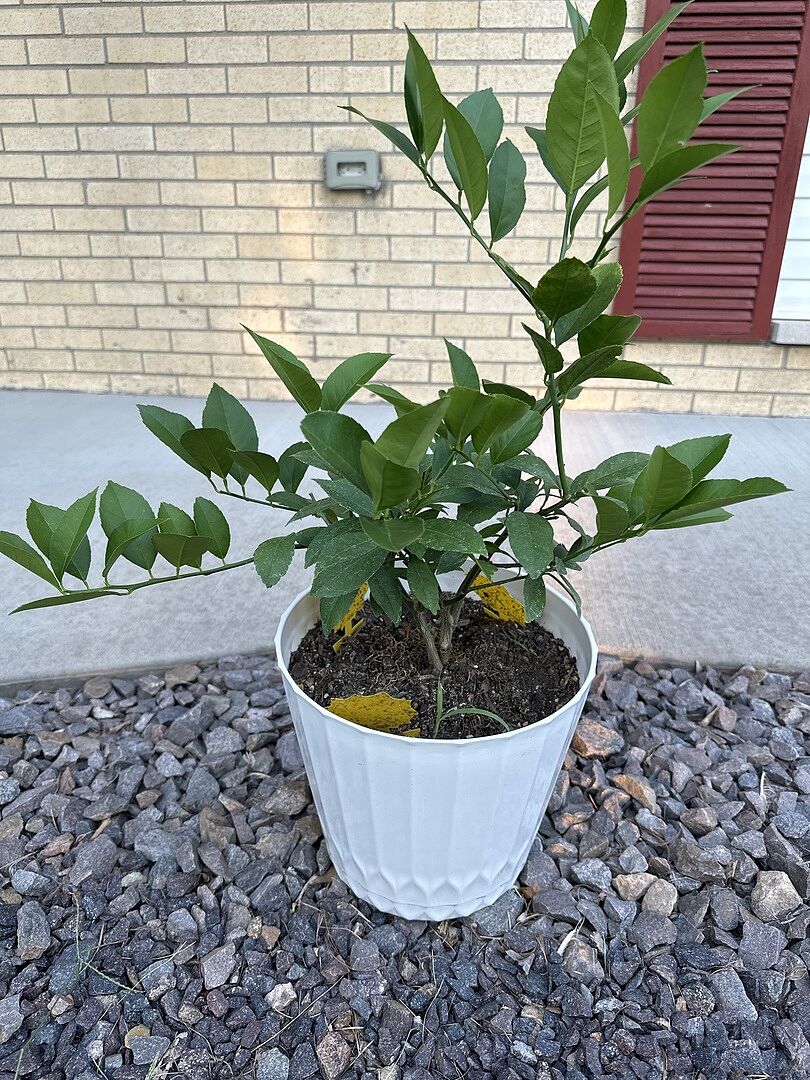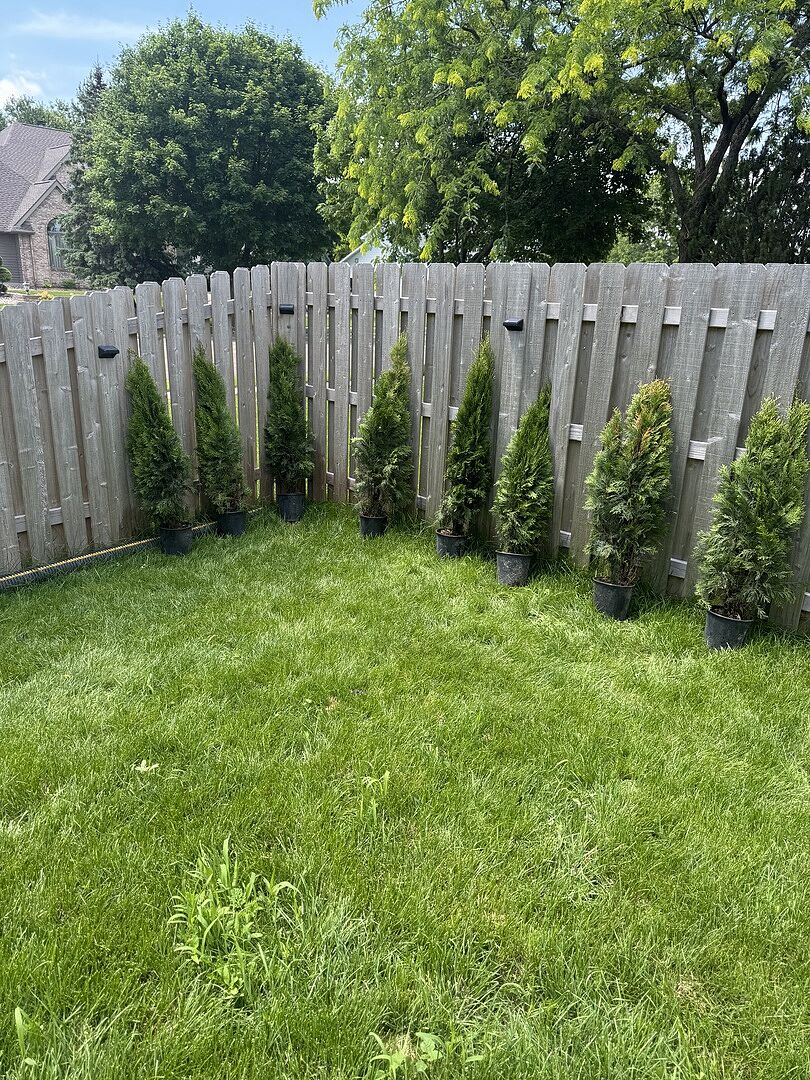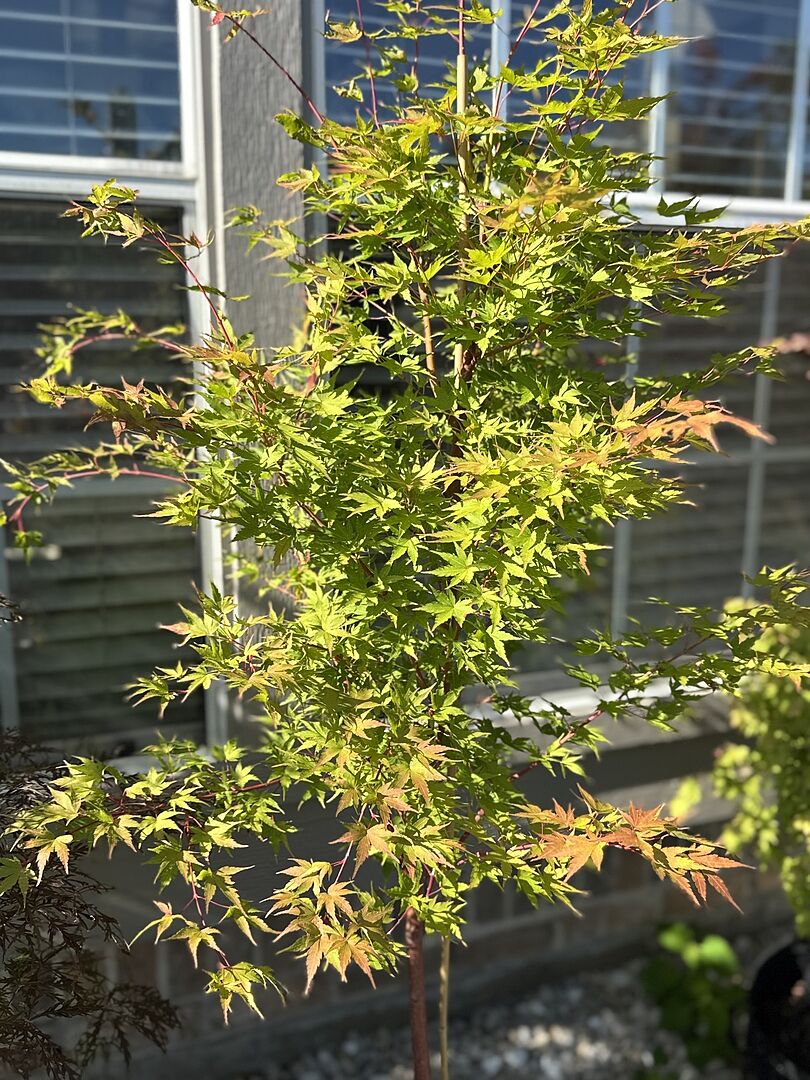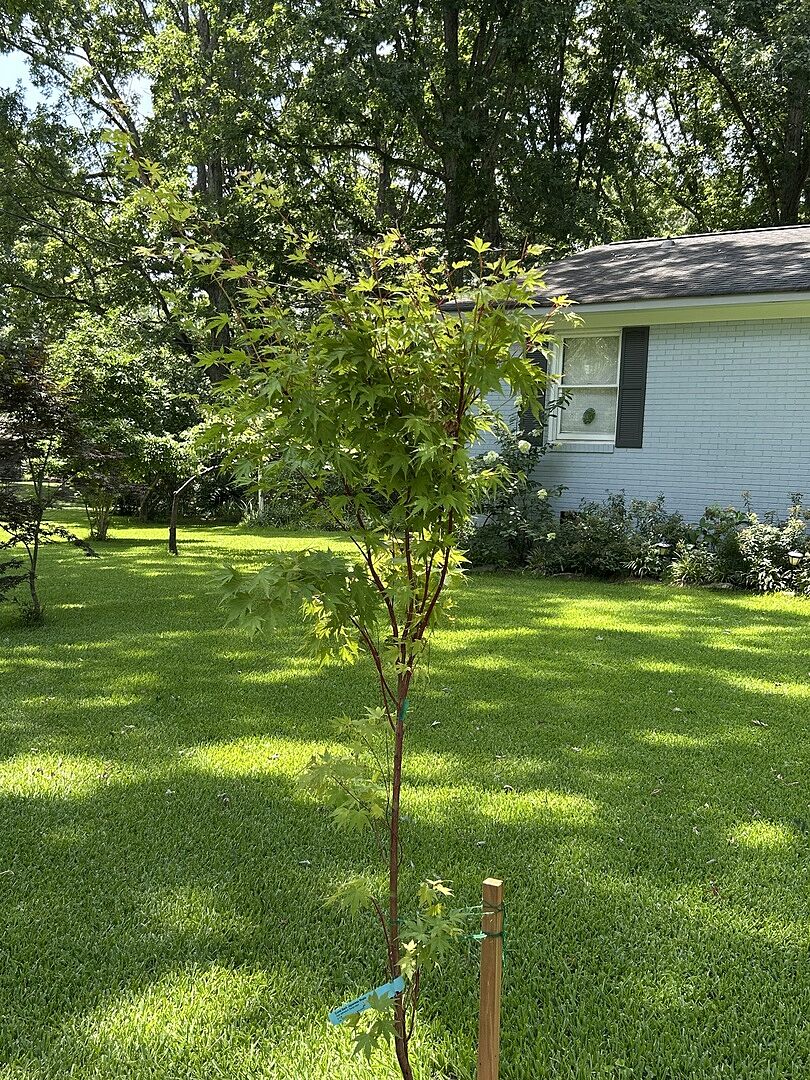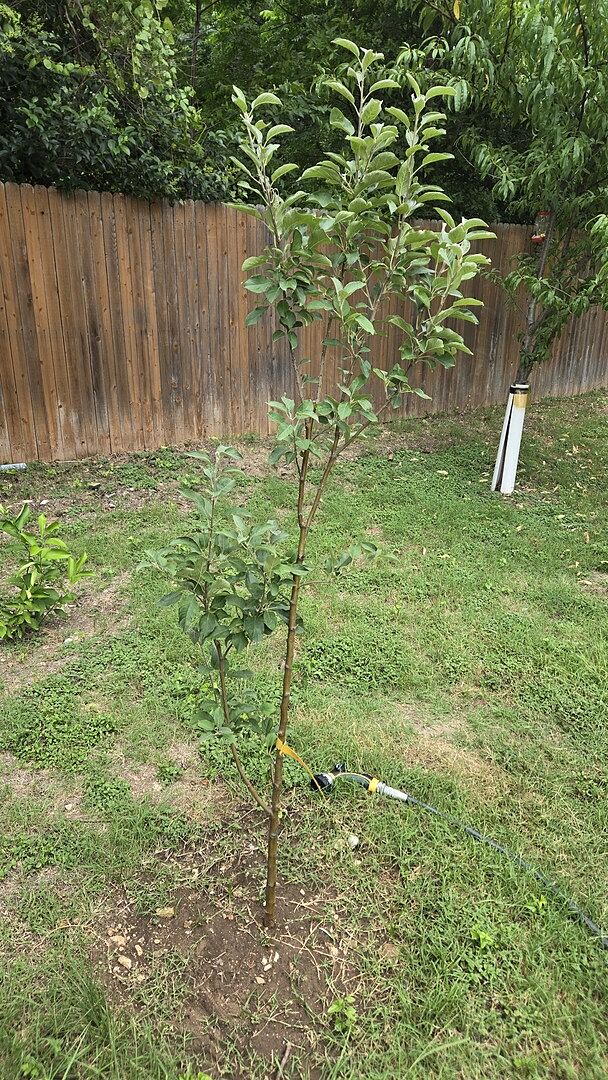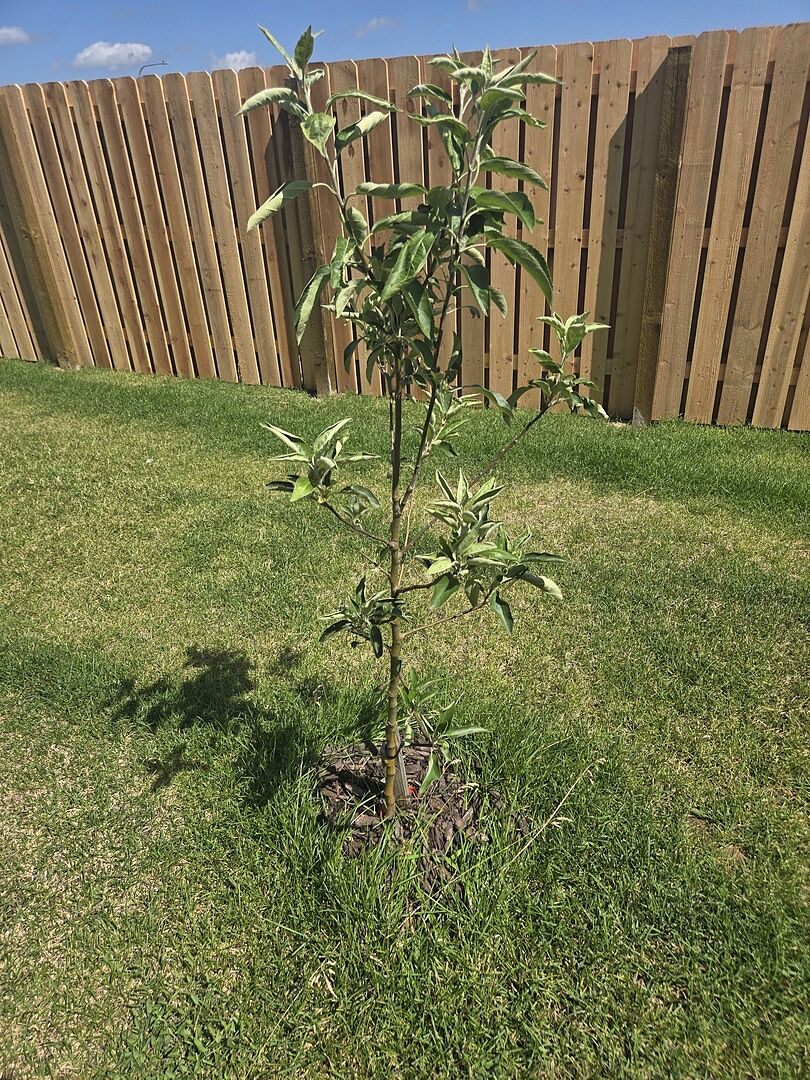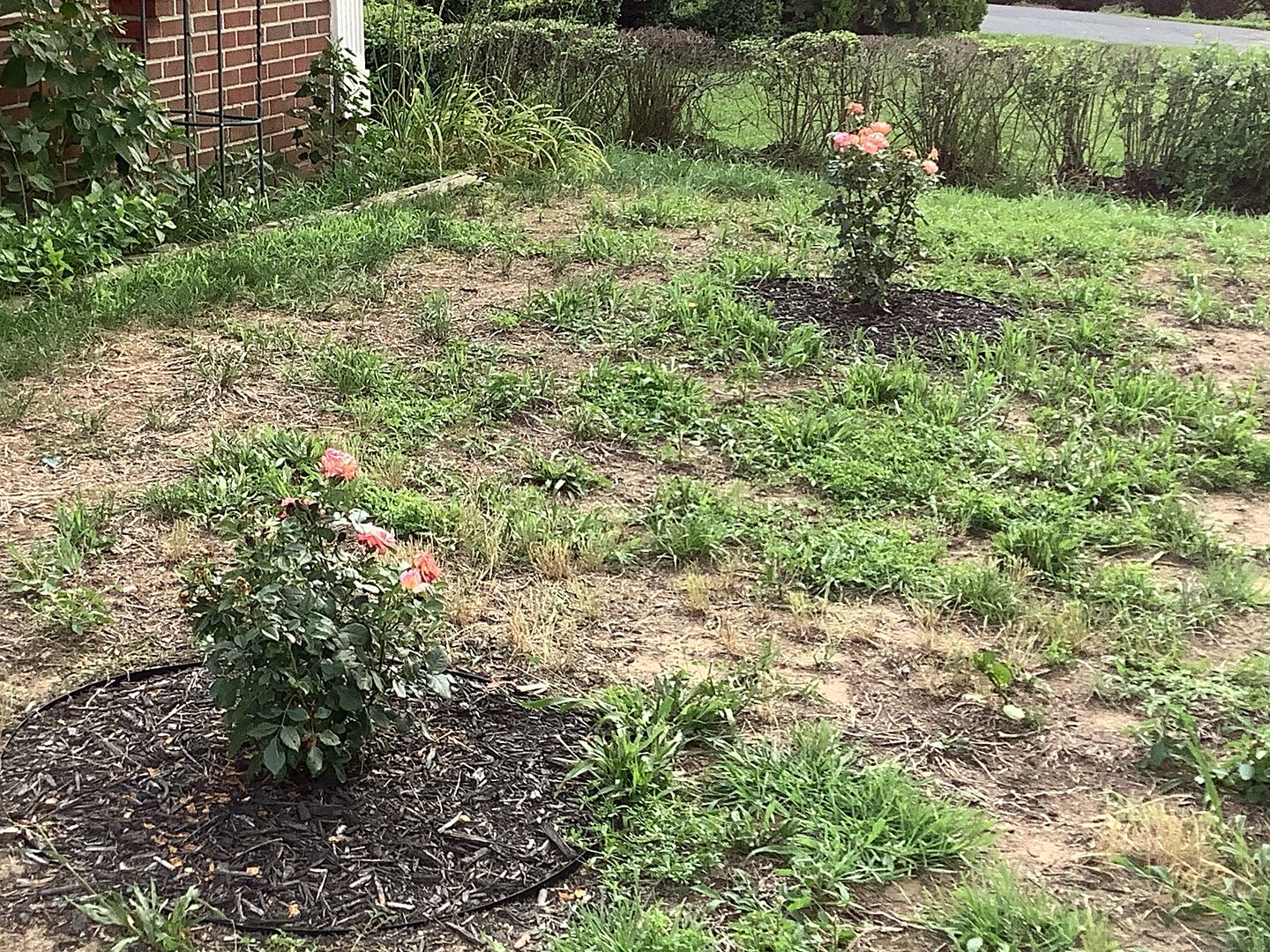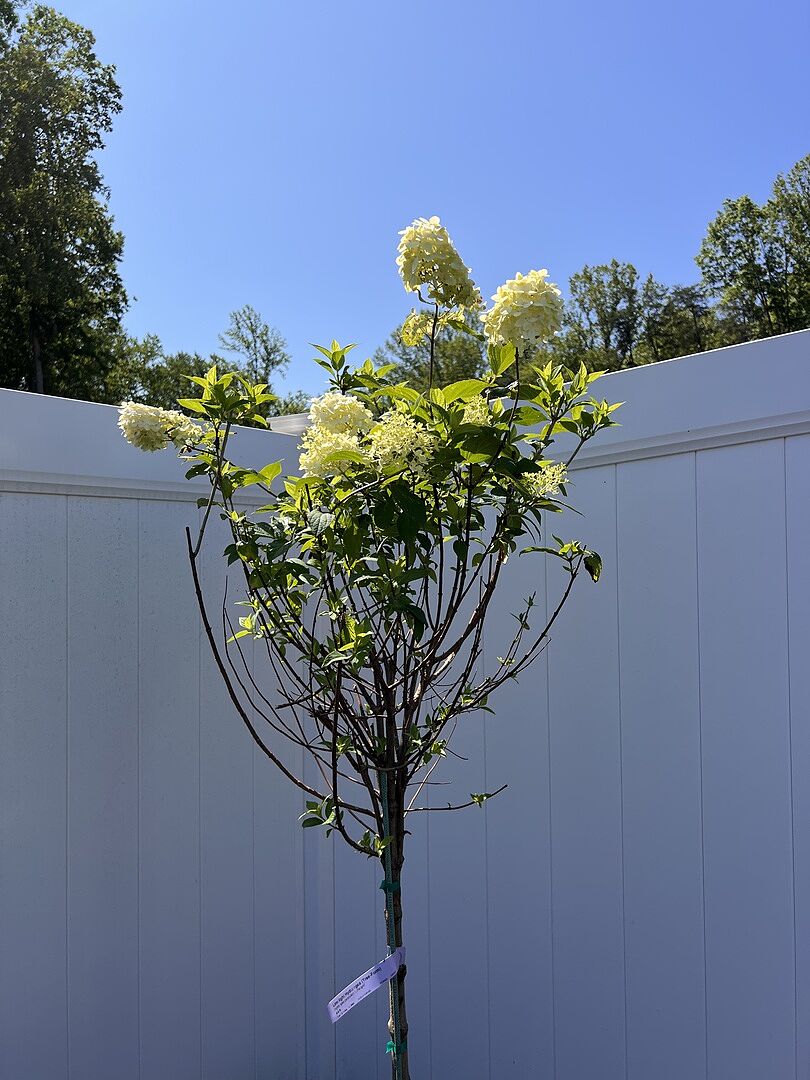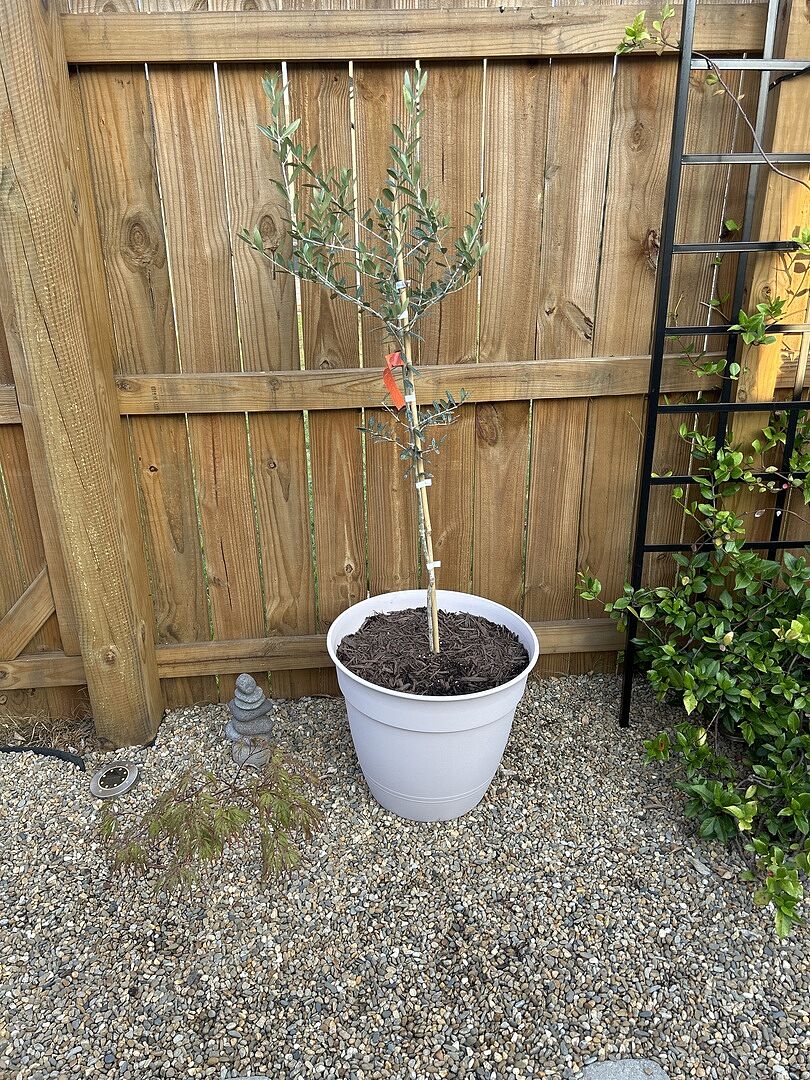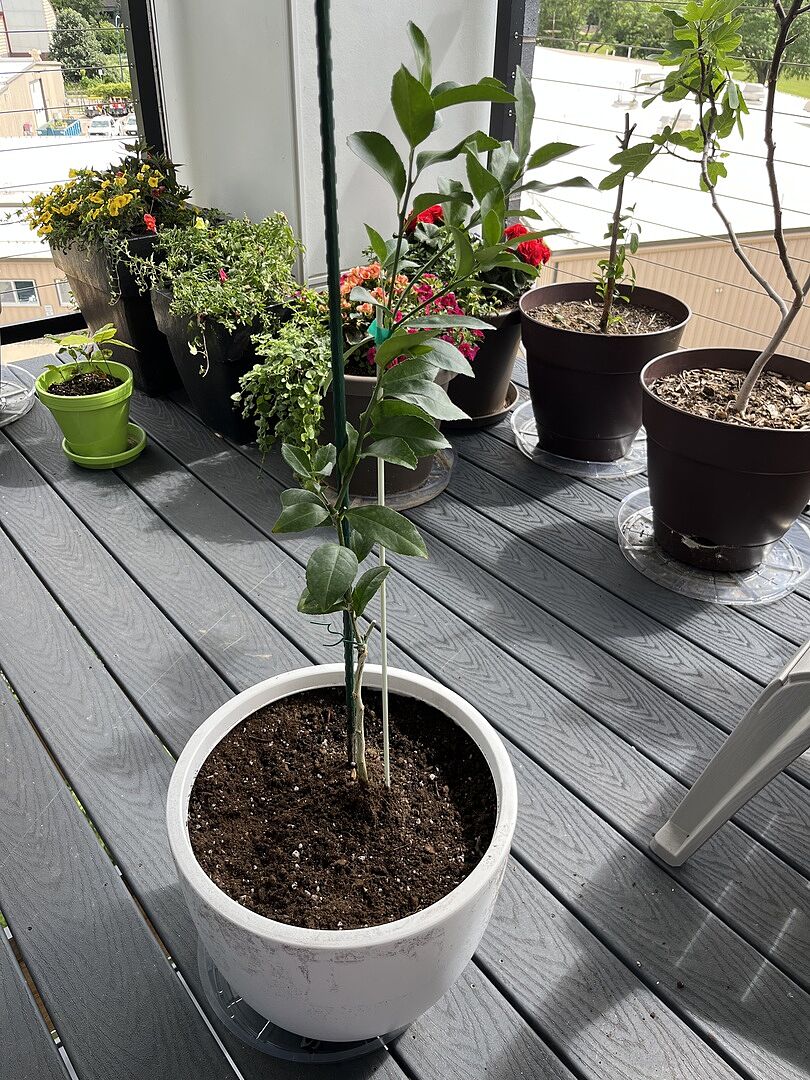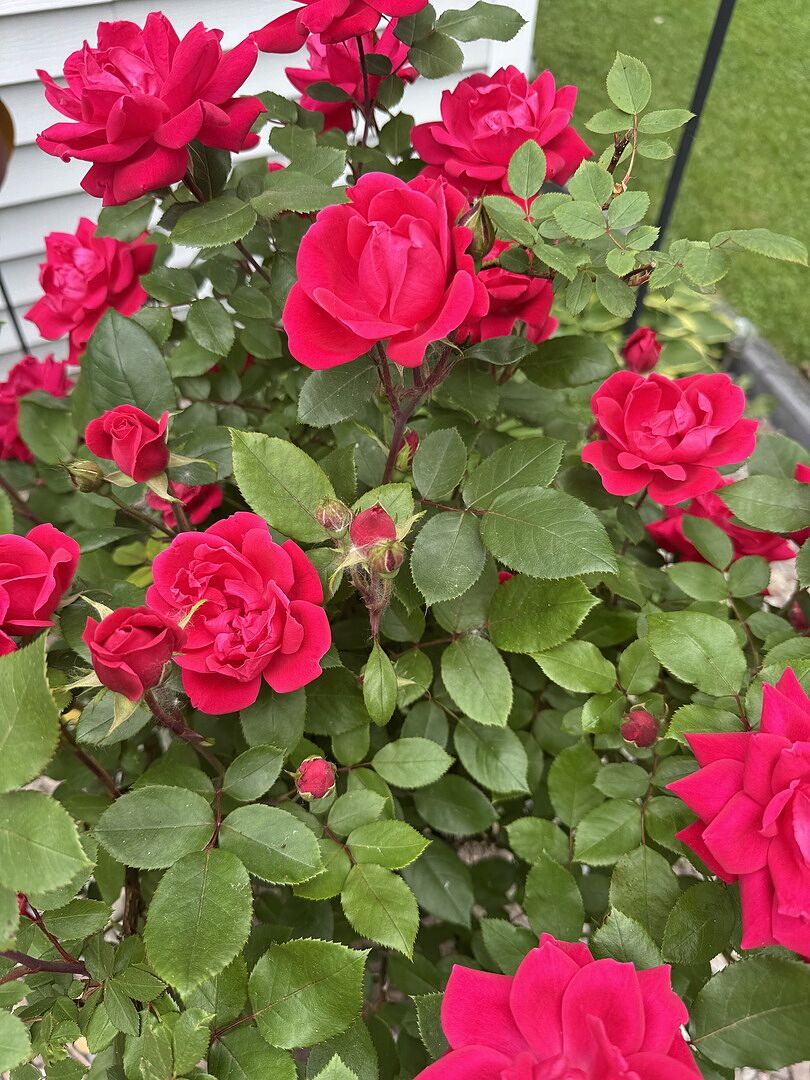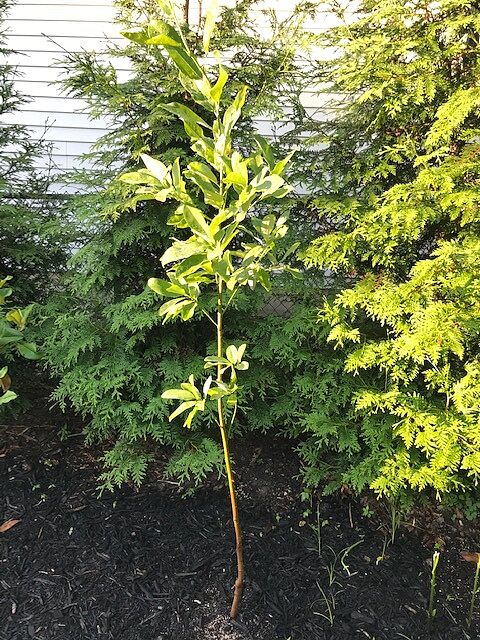House Plant Care 101: Light

Last updated: Feb 14 2022

You water regularly, have a pot with good drainage and even fertilize, but your new house plant still isn't thriving. Did you ever consider that the missing piece could be light?
When planting outdoors, sunlight is top of mind. How much shade does a plant need? Where in the yard should you plant trees that need full sun?
But light requirements are just as important for indoor plants. Are your house plants getting enough - or too much - light for their optimal growth and health? We’re here to shed some light and help you find out!
Why Sunlight Matters for House Plants
Indoors or out, plants derive their energy to live and grow from sunlight. If a plant isn’t getting the right amount of light, it can fail to thrive. Too much light results in dried out and sunburnt leaves (yes leaves can get sunburnt!), while too little light will make a plant weak, pale in color and elongated. Considering what light an indoor plant needs before situating it in your home is key.
So, what type of light is best for growing plants indoors? There's no absolute “best” light that works for every plant. Instead, you need to consider each plant’s native light conditions, and mimic them as best you can indoors.
Each house plant has different light needs. If you have a succulent, it’s likely going to need a lot of bright light. Other plants won't like too much bright light, like the ZZ Plant, as they may prefer a spot with medium or low light.
How Light is Measured

When talking about light, there are three main factors that are normally measured:
Light intensity: How bright is the light?
Intensity can range from very bright to very dim. You’ll see this measured in units of lumens. The more light that’s available, the more light your plants can use to make energy. Think about a spot light vs. a night light – the spot light has a higher intensity than the night light and will appear brighter. You might also see the word “watts” used to describe the brightness–watts are a unit that measure the amount of energy required to power the light. It’s safe to assume that if something has a higher wattage, the intensity will be greater, as well.
Duration of light: How many hours per day does the light hit the plant?
The duration of the light is just as important as how intense it is and will be measured in a unit of time, like hours. Plants often use the amount of light they receive during a day to determine the time of year. For example, in the summer, you have longer days, which results in more hours of sunlight. In a plant’s eyes, this is a sign to start fruiting or flowering. You might also see the amount of darkness mentioned, as plants need time to rest and recover, just as we need sleep. The average amount of light a plant will need each day is around 12-16 hours with 8 hours of darkness.
Spectrum: What type of light is the plant receiving?
The light spectrum is a rainbow of both visible and invisible light. It’s measured in wavelengths, and the range on the spectrum that plants use is referred to as PAR. PAR stands for Photosynthetically Active Radiation (the available light that plants use for energy). If you want to get technical, you can measure this with a PAR meter; however, we suggest skipping this step because the sun is already the perfect blend for your plants! If you incorporate grow lights, the spectrum will be listed on the packaging, so no need to stress–just look for the sweet spot between 400-700nm.
It’s ideal to choose plants that fit your home’s conditions, rather than the other way around. And while it’s possible to use artificial light for your plant, especially in the winter months, it’s easier to fit the plants you choose into your already-existing light conditions, especially if you’re just starting out. If you do find yourself needing to change the light conditions, we cover grow lights in more depth later on!
Identifying Light Conditions in Your Home

Below, we've listed the types of light you may find in your home, from shadiest to brightest. Use this guide to identify where you can find different types of light in your home, and to choose the right plants for each lighting condition.
Direct light involves the most intense light, typically coming directly through south-or- west-facing windows, without any cover from nearby trees, overhangs or curtains. This type of light can be too intense for most house plants; however, some desert plants, like cacti and succulents, may thrive in direct light.
Bright indirect light is a spot in a room that stays sunny for at least several hours per day but doesn’t receive any direct sunlight. These spots are usually four to five feet from a west- or-east-facing window, or three to five feet from south-or-southwest-facing windows. It can also include light from a sunny window that is filtered by a curtain or outside shade. This is the type of light that most house plants, including Monsteras and Fiddle Leaf Figs, as well as Orchids, Bromeliads and Philodendrons, appreciate most.
Filtered light is similar to bright light, but the main difference is the intensity. Filtered light still gets around 4-6 hours of sunlight but won’t be as bright. Normally an eastern or western window is best. A window that has blinds or curtains that help diffuse light is also acceptable for plants that need filtered light.
Low light locations only get a few hours of light or less, usually in the morning when the sun is less intense. Rooms with few windows, or only north-facing windows, can be in low light, as well as shady corners that aren't in the direct line of any windows. Snake Plants, ZZ Plants and even Pothos Plants can survive low light, but may do better in medium light–most house plants aren’t designed to grow in truly shady areas.
Not sure what light conditions you have? Hold your hand about a foot away from a piece of paper, between it and the light. If you can’t see a shadow or can only make out a faint shadow on the paper, you’re in low light. Medium light produces a blurry shadow, while bright light makes a crisp shadow.
If you can’t read a book in the natural light during the day in the location that you’re considering for your plant, then it’s too dark, and your plant will need to be closer to a window or require a grow light.

This diagram shows different light conditions in a single room.
What Happens to House Plants in the Wrong Light?
If you don’t place your house plants in the appropriate lighting conditions, what happens? Well, it depends on the plant, but below are some common outcomes:
If a plant is getting too much light, it may have:
- Brown, burned patches on its leaves
- Dry foliage that falls off
- A tendency to wilt, especially when the sun is at its peak

Too much light can cause house plant leaves to burn, like the Anthurium above.
If your plant is not receiving enough light, it may experience:
- Limited or slow growth
- New leaves growing in smaller than existing ones
- Gangly or leggy growth with a lot of space between leaves
- Poor or no flowering
- Skinny shoots that grow towards the light
- Stunted mature size

Insufficient light can lead to leggy growth, with leaves spread apart and stems reaching toward the light, like the succulent above.
Grow Lights
Grow lights are an excellent substitution when your plants need some extra light to thrive. However, grow lights can be intimidating to most home gardeners due to the terminology and price. But don't let that scare you! Now, more than ever before, grow lights are affordable and user-friendly. In fact, most stores that sell your standard light bulbs now have inexpensive grow lights that can screw into a standard light socket.
When shopping for grow lights, here’s a few things to consider:
Color: lights come in different colors–mainly red, blue and white. This is to narrow down the spectrum that your plant is receiving, but we suggest keeping it simple and choosing a “full-spectrum” bulb, especially for in-home use, as colored lights may bug your eyes over time.
Time: Plants will need at least 8 hours of darkness during the night and around 12-16 hours of light during the day. Normally, a full sun plant needs around 16 hours of a grow light, while a partial sun plant will need around 12 hours of a grow light. If you’re unsure, follow the hours of the sun and adjust as needed from there.

Wattage and Intensity: Just like other bulbs available, your grow light will have the wattage listed on the label. A good rule of thumb to determine the wattage you need is 20-30 watts per square foot. The further away your plant is from the light, the more dispersed it’ll be, and the closer it is, the more concentrated it’ll be. For example, a 1000W bulb covers a range of 50-33 square feet of area, so you’d situate your plants that need the most light or intensity closer to the grow light.
Heat: Some light bulbs give off heat that can affect the humidity and temperature of the area. Look at the chart below to see which bulb to choose if you’re concerned about this. If you don’t wish to add any heat to the area, we suggest choosing a full spectrum LED bulb. There’s even affordable options that come with built-in timers!
Here’s a quick chart that breaks down light bulb types:
|
Type |
Incandescent |
Fluorescent |
LEDs |
|
Price |
$- inexpensive |
$$- moderate |
$-$$$- wide range |
|
Distance |
Min. 24” away from the plants |
6-12” from plants |
6”+ from plants |
|
Heat** |
Can get hot |
Low heat emission |
Low heat emission |
|
Efficiency |
Not energy efficient |
Energy efficient |
Very energy efficient |
|
Colors available |
Full-spectrum |
Full-spectrum |
Most customizable |
|
Comfort |
Ideal for sensitive eyes |
Can irritate eyes |
Can irritate eyes in red color |
|
Life span |
Shortest |
Average |
Long-lasting |
|
**Infrared lights should be used with caution, as they’re designed to emit heat, not the wavelengths that plants need. |
Once you've chosen your grow light, it’s as easy as plugging it in and flipping a switch! Grow lights are fantastic on their own or combined with natural light. The best part is that your plant won’t know the difference. Light is light, and as long as your plant receives the proper amount of it, the source won’t matter.
Finding the Right Light Conditions for Your House Plants

The bottom line is that your indoor plants will suffer if they get too much or too little light. The best light for indoor plants is the amount of light they’d get if they were grown in their native habitats, and that changes for each plant.
Light conditions vary based on proximity to windows, as well as the direction the window faces, ranging from bright, direct light to low light. If you’re unsure what type of light one of your plants is receiving, test your light conditions with the paper test described above or observe how the sun moves in the area throughout the day.
Depending on the environment and the plant, many locations will work within your home. Light is often a trade off and a range, so the goal is to simply find the happy medium. Intense light for a short period of time might be just as beneficial as less intense light for a longer period of time.
Be sure to check your house plants’ light preferences, and move them as necessary. Keep an eye on plants to make sure they don't appear to be getting too much or too little light, as evidenced by burn spots, wilting or stunted, leggy growth. If you notice your plant needs more or less light, try moving it to another location to see how it does. Remember to give it a week or two to adjust, as plants are often slower to react than you think.
Later, when searching for new indoor plants to add to your collection, aim to choose ones that fit the light conditions of the area you intend to put them in your home, or plan ahead and choose a grow light to supplement the natural light.
To help you find the right light for your house plants, reference this quick list:
Plants that love lots of bright light:
- Most cacti and succulents, including Dragon Fruit Cactus, Aloe and Agave
Plants that love bright, indirect light:
- Fiddle Leaf Fig and others in the Ficus family
- Monstera
- Philodendron
- Alocasia or elephant ear plants
- Most other house plants
Plants that can survive low light:
As you can see, light plays a crucial part in keeping your house plants healthy. Ensuring your varieties are getting the proper amount of light might seem complicated at times, but as long as you’re paying attention to your plants’ needs, supplementing or adjusting as needed and following our suggestions above, your plants will be set for a bright, healthy future!
Check out the rest of our House Plants 101 guides to learn more and keep your plants healthy! And be sure to shop our full House Plants Collection to discover your next addition!

Written by
Meredith Gaines
Meredith's love for plants started at a young age, and only grew when she started working in the Desert Exhibit at the South Carolina Botanical Gardens and the Historic Filoli Estate in the Bay Area. After graduating from Clemson University (GO TIGERS!) with a degree in Biology and Horticulture, she found her niche in the FastGrowingTrees.com family as a horticulturist and has grown in her current role as Senior Plant Expert.
She currently resides in her hometown of Charlotte, North Carolina, and enjoys spending any time she can outdoors. She learns new things about plants every day and loves sharing her plant knowledge and tips with those around her. Her favorite plant is constantly changing, but her long-time favorites are peonies, oak trees, and ferns.
Featured Product

Golden Pothos
62 reviewsStarting at $32.95



















